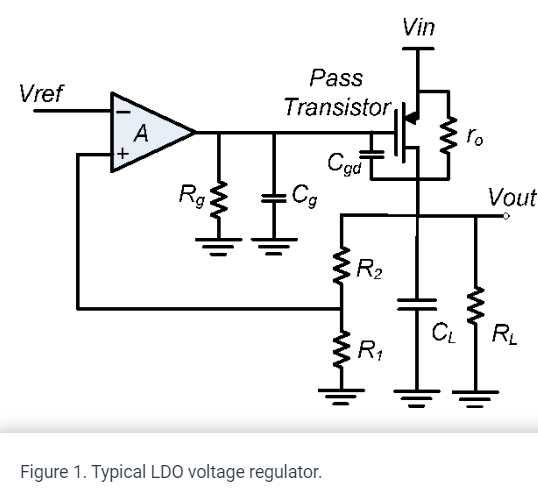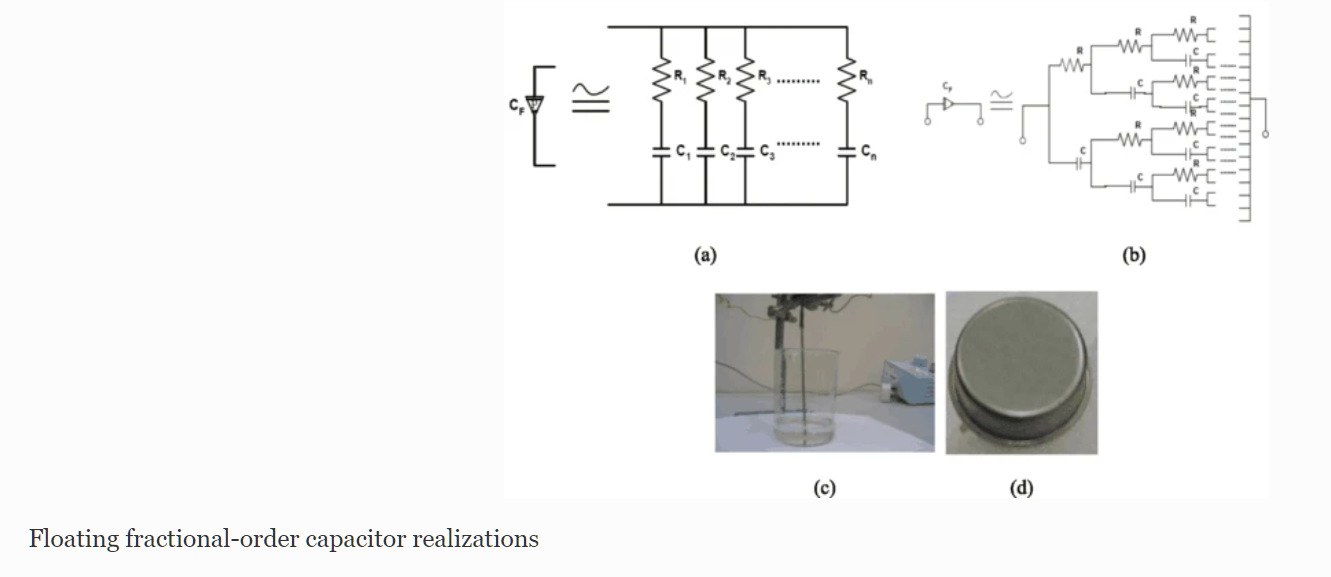Breadcrumb
FPGA Speech Encryption Realization Based on Variable S-Box and Memristor Chaotic Circuit
This paper introduces a new encryption/decryption scheme based on a dynamic substitution box concept. Values of the proposed S-Box are different for each sample depending on the behavior of a memristor-based chaotic system. MATLAB simulations and FPGA implementation for the circuit are presented with throughput 4.266 Gbit/s. Also, FPGA realization for encryption/decryption scheme is proposed. Entropy, MSE, correlation coefficient tests are applied on two different input files to examine the efficiency of this cryptosystem. © 2018 IEEE.
FPGA realization of a speech encryption system based on a generalized modified chaotic transition map and bit permutation
This paper proposes a generalized modified chaotic transition map with three independent parameters. A hardware speech encryption scheme utilizing this map along with a bit permutation network is presented. While the transition map’s generalization introduces additional parameters, the modification enhances its chaotic properties and overcomes the finite range of the control parameter and dynamical degradation problems. The modification also presents a simplification for the hardware realization of the exponentiation operation in the map’s equation because the modified output range allows
FPGA realization of ALU for mobile GPU
Arithmetic Logic Unit (ALU) is the most important component of processors. All arithmetic and logical computations are performed inside the ALU. This paper presents the design and the implementation of the ALU. The design is based on Approximated Precision Shader and Look-Up Table (LUT) multiplier. The lookup table, Wallace tree, and Carry Look-ahead Adder (CLA) are used in combination to speed up the multiplier operation. The proposed ALU is designed using Verilog and verified using Xilinx Virtex-5 XC5VLX30 FPGA. © 2016 IEEE.

Parallel feedback compensation for LDO voltage regulators
A novel low dropout (LDO) voltage regulator compensation technique is demonstrated. A parallel feedback path is used to insert a zero at approximately three times the output pole. The parallel feedback consists of passive elements only and occupies small area. The proposed technique completely eliminates the output pole at different load conditions and results in high LDO bandwidth, which achieves fast output tracking of the input reference and fast recovery of sudden load changes. Moreover, the output pole elimination at different load conditions enables the potential scaling of the error
Multi-phase oscillator for higher-order PSK applications
Multi-phase oscillator is an essential block in digital communication systems especially phase shift keying PSK based systems. In this paper, a procedure for designing a multi-phase oscillator with any required phase shift is proposed, unlike the previous oscillator which generates equal phase shifts. This oscillator circuit is built using fractional-order elements to generate any distribution of phase shift. The general characteristics equation is studied where the condition for oscillation and oscillation frequency are derived. Finally, different examples are introduced with their

Reevaluation of Performance of Electric Double-layer Capacitors from Constant-current Charge/Discharge and Cyclic Voltammetry
The electric characteristics of electric-double layer capacitors (EDLCs) are determined by their capacitance which is usually measured in the time domain from constant-current charging/discharging and cyclic voltammetry tests, and from the frequency domain using nonlinear least-squares fitting of spectral impedance. The time-voltage and current-voltage profiles from the first two techniques are commonly treated by assuming ideal S s C behavior in spite of the nonlinear response of the device, which in turn provides inaccurate values for its characteristic metrics. In this paper we revisit the
Finite precision logistic map between computational efficiency and accuracy with encryption applications
Chaotic systems appear in many applications such as pseudo-random number generation, text encryption, and secure image transfer. Numerical solutions of these systems using digital software or hardware inevitably deviate from the expected analytical solutions. Chaotic orbits produced using finite precision systems do not exhibit the infinite period expected under the assumptions of infinite simulation time and precision. In this paper, digital implementation of the generalized logisticmap with signed parameter is considered. We present a fixed-point hardware realization of a Pseudo-Random

Optimization of fractional-order RLC filters
This paper introduces some generalized fundamentals for fractional-order RL β C α circuits as well as a gradient-based optimization technique in the frequency domain. One of the main advantages of the fractional-order design is that it increases the flexibility and degrees of freedom by means of the fractional parameters, which provide new fundamentals and can be used for better interpretation or best fit matching with experimental results. An analysis of the real and imaginary components, the magnitude and phase responses, and the sensitivity must be performed to obtain an optimal design
FPGA-Based Memristor Emulator Circuit for Binary Convolutional Neural Networks
Binary convolutional neural networks (BCNN) have been proposed in the literature for resource-constrained IoTs nodes and mobile computing devices. Such computing platforms have strict constraints on the power budget, system performance, processing and memory capabilities. Nonetheless, the platforms are still required to efficiently perform classification and matching tasks needed in various applications. The memristor device has shown promising results when utilized for in-memory computing architectures, due to its ability to perform storage and computation using the same physical element
High Speed, Approximate Arithmetic Based Convolutional Neural Network Accelerator
Convolutional Neural Networks (CNNs) for Artificial Intelligence (AI) algorithms have been widely used in many applications especially for image recognition. However, the growth in CNN-based image recognition applications raised challenge in executing millions of Multiply and Accumulate (MAC) operations in the state-of-The-Art CNNs. Therefore, GPUs, FPGAs, and ASICs are the feasible solutions for balancing processing speed and power consumption. In this paper, we propose an efficient hardware architecture for CNN that provides high speed, low power, and small area targeting ASIC implementation
Pagination
- Previous page ‹‹
- Page 4
- Next page ››
